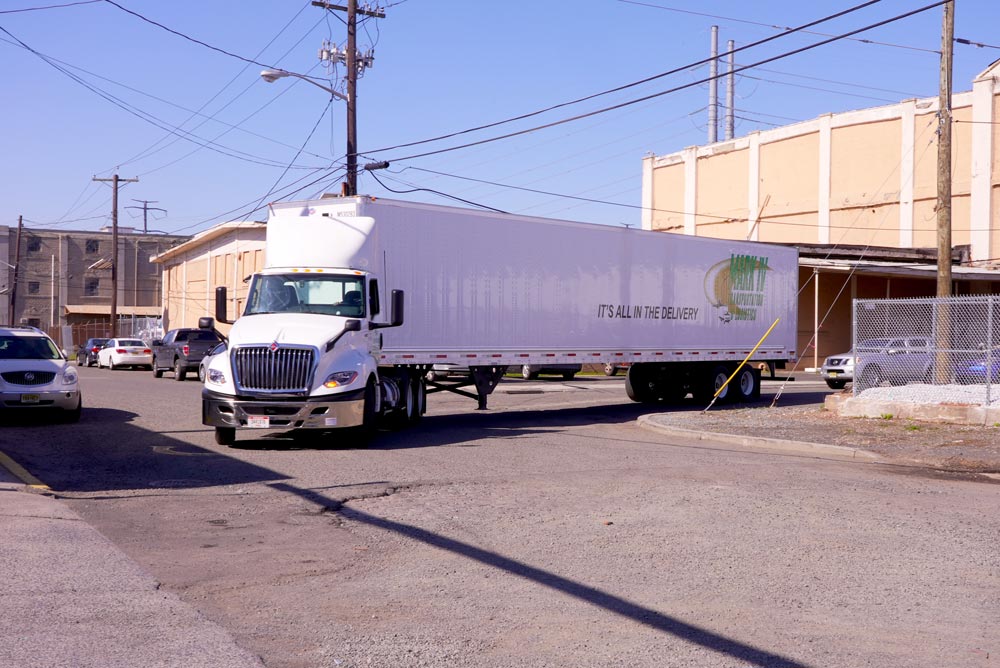With the dawn of the digital age, numerous industries have undergone significant transformation and the logistics sector is no exception. Among the various factors contributing to this paradigm shift, the exponential growth of e-commerce holds a prominent position.
E-commerce: A Catalyst for Change
Online shopping has skyrocketed over the past two decades, and it shows no signs of slowing down. This boom has drastically changed consumer expectations. Where once a week-long wait for a package was considered the norm, now consumers expect their purchases to arrive within a day or two – or even the same day. Such an accelerated demand has put the logistics industry under tremendous pressure to evolve and adapt.
Challenges Introduced by E-commerce
- Increased Demand for ‘Last Mile Delivery’: The final delivery stage, also known as last-mile delivery, can be the most complex and costly part of the shipping process. With more people ordering online, the demand for reliable and speedy last-mile delivery has surged.
- Need for Reverse Logistics: The convenience of online shopping also includes easy returns, leading to a substantial increase in reverse logistics. Managing these returns efficiently to reduce losses is a critical challenge for many logistics companies.
- Managing High Volume During Peak Seasons: During sale periods and holidays, e-commerce sites experience enormous spikes in orders, placing significant strain on logistics providers to keep up with the demand.
Opportunities Presented by E-commerce
Despite the challenges, the e-commerce boom has also ushered in new opportunities for logistics and shipping companies.
- Technological Advancements: The need for efficiency has driven innovation in the form of advanced tracking systems, drones, and automation. These technologies can improve delivery speed, reduce errors, and enhance customer satisfaction.
- Expansion of Services: The rise of e-commerce has opened up opportunities for logistics companies to expand their services, from providing warehousing solutions to offering flexible delivery options such as click-and-collect.
- Growth in the Market: Simply put, more online shopping means more demand for shipping. This growth can lead to increased revenue for logistics companies that can adapt to the new landscape.
The rise of e-commerce has undeniably reshaped the logistics and shipping industry and introduced new challenges while also opening avenues for growth. It is an exciting time for logistics, filled with innovation and change. To stay competitive, companies must embrace these changes, continually adapt, and find efficient solutions to meet the evolving demands of consumers.
At Mark IV Transportation & Logistics, we see the growth of e-commerce not just as a challenge, but as an opportunity to innovate, improve, and deliver the best possible service to our clients and partners. We’re committed to riding the wave of digital transformation and continuing to provide reliable, efficient logistics solutions in this ever-changing landscape.



